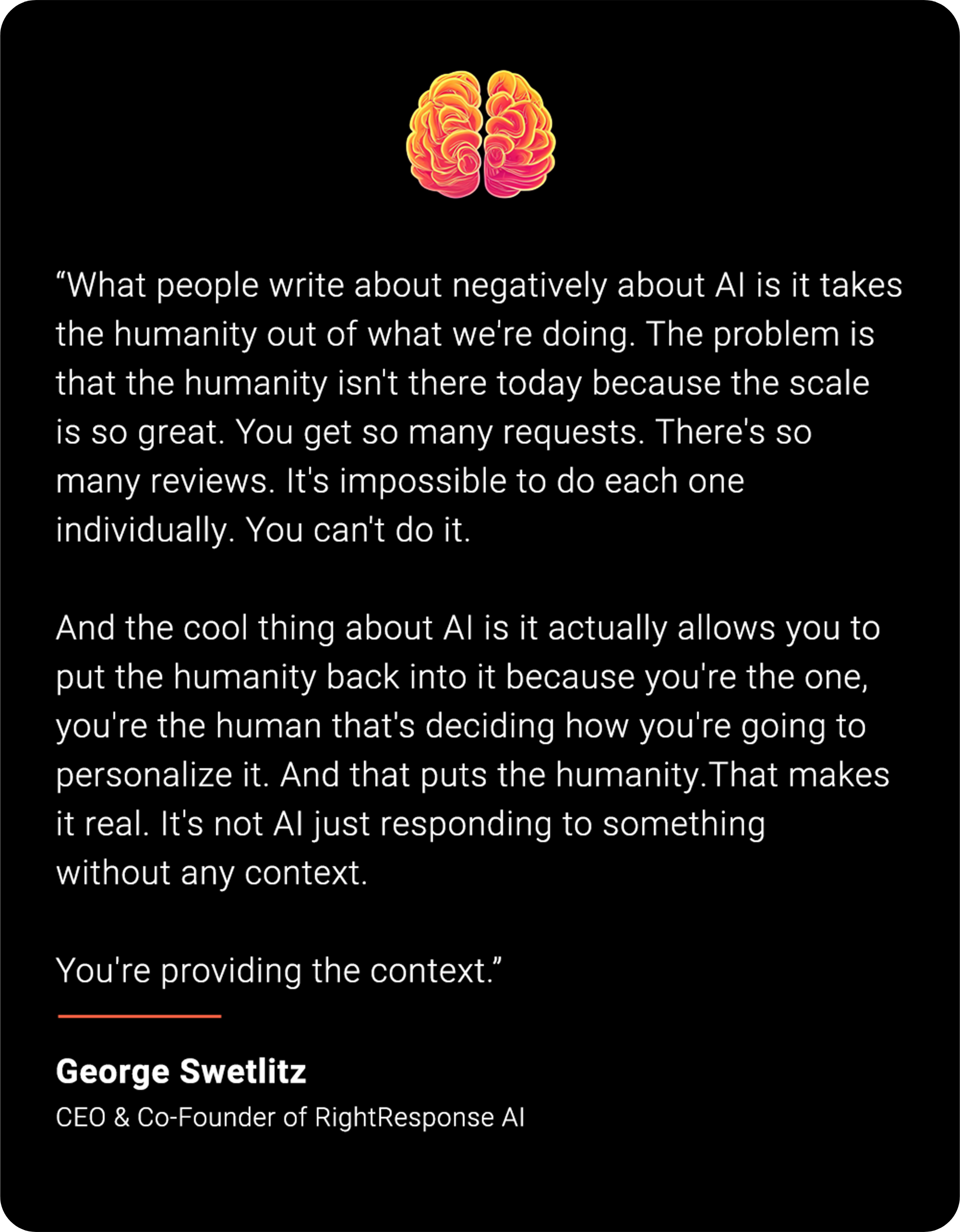Monday Memo

A Byte of Knowledge
This weekend, we re-watched the classic Paul Thomas Anderson movie, There Will be Blood.
The main character, oilman Daniel Plainview, isn't a role model.
Far from it.
But he can teach you a masterclass in positioning.
When pitching locals to drill on their land, he doesn’t just sell his own services.
He educates them on the cost of choosing wrong;
"Out of all men that beg for a chance to drill your lots, maybe one in twenty will be oilmen; the rest will be speculators--that’s men trying to get between you and the oilmen--to get some of the money that ought by rights come to you.
Even if you find one that has money and means to drill, he’ll maybe know nothing about drilling and he’ll have to hire the job out on contract, and then you’re depending on a contractor who’ll rush the job through so he can get another contract just as quick as he can."

Daniel's systematically dismantling every other option in his prospect's mind.
Making them radioactive.
And here's the real genius…
To other oilmen, the middleman is common knowledge. Shop talk.
But to the landowners? The everyday people he was pitching?
This was a bombshell.
Plainview took the invisible risks...the ugly truths your prospects don't even know exist...and he dragged them into the light.
He armed his customers with new, critical information.
And in doing so, he wasn't just another choice.
He made himself the only choice.
🚀 Whether you're selling a $50 supplements or a $10,000 coaching program – having these 5 'Copy Blocks' on your landing page could be the difference between crickets and an avalanche of cash flow.
Discover All 5 'Copy Blocks' Now
Something to Ponder

We Asked – AI Answered
Our Question:
"Why do people generally value potential losses more than gains.”
AI's Answer: Why Your Customers Fear Losing $100 More Than They Love Gaining $100
Here's the brutal truth about human psychology: we're all wired to be pessimists, and there's Nobel Prize-winning science to prove it.
The Discovery That Changed Everything 🧠
In 1979, psychologists Daniel Kahneman and Amos Tversky ran a simple experiment that would eventually win Kahneman the 2002 Nobel Prize in Economics. They gave participants hypothetical scenarios involving gains and losses of equal amounts. The results? People consistently felt losses about 2.5 times more intensely than equivalent gains.
This wasn't a fluke. The phenomenon, dubbed "loss aversion," has been replicated in:
• Brain imaging studies showing the anterior insula (pain processing region) lights up more for losses than the nucleus accumbens does for gains.
• Cross-cultural studies spanning 53 countries, from subsistence farmers in Vietnam to Wall Street traders.
• Real-money experiments where people literally walk away from profitable bets because the fear of loss overshadows potential gain.

🦴 The 2.5 Million-Year-Old Software Bug
Why do our brains sabotage us like this? Evolutionary biologists have a compelling answer:
Our ancestors faced asymmetric consequences. Missing an opportunity to gather extra berries meant slight hunger. Missing a predator meant death. Those who overweighted threats survived to pass on their genes – including their loss-sensitive neural wiring.
Harvard psychologist Daniel Gilbert puts it bluntly:
"Our brains evolved to make us survive, not to make us happy or rational."
📦 The Endowment Effect: When Ownership Changes Everything
Here's where it gets weirder. In 1990, economist Richard Thaler ran the famous "mug experiment" at Cornell:
• Students given coffee mugs demanded an average of $7.12 to sell them
• Students without mugs offered only $2.87 to buy the exact same mugs
• The mere act of ownership tripled the perceived value
This "endowment effect" means the second someone owns something – even for minutes – their brain reclassifies it. It's no longer a potential gain; it's now a potential loss. The neural pathways literally reorganize around possession.
🔬 The Neurological Crime Scene
Neuroscientist Antonio Damasio's brain imaging studies revealed something fascinating: losses and gains are processed in completely different brain regions.
• Gains activate the ventral striatum (reward center) – a nice, measured response
• Losses trigger the amygdala AND the anterior cingulate cortex – the neurological equivalent of pulling a fire alarm while simultaneously feeling physical pain
The kicker? The loss-processing regions have faster, more direct connections to our decision-making centers. We literally feel losses before we can think about them rationally.
📊 The Real-World Laboratory
Professional golfers provide perfect real-world data. Economists Devin Pope and Maurice Schweitzer analyzed 2.5 million PGA putts and found:
• Golfers make 83.3% of putts for par (avoiding the loss of a stroke)
• But only 77.9% of identical-distance putts for birdie (gaining a stroke)
• The fear of bogey literally improves accuracy by 5.4%
Thanks for reading the Monday Memo.
Until next time!
The AI Marketers
P.S. Help shape the future of this newsletter – take a short 2-minute survey so we can deliver even better AI marketing insights, prompts, and tools.
[Take Survey Here]

